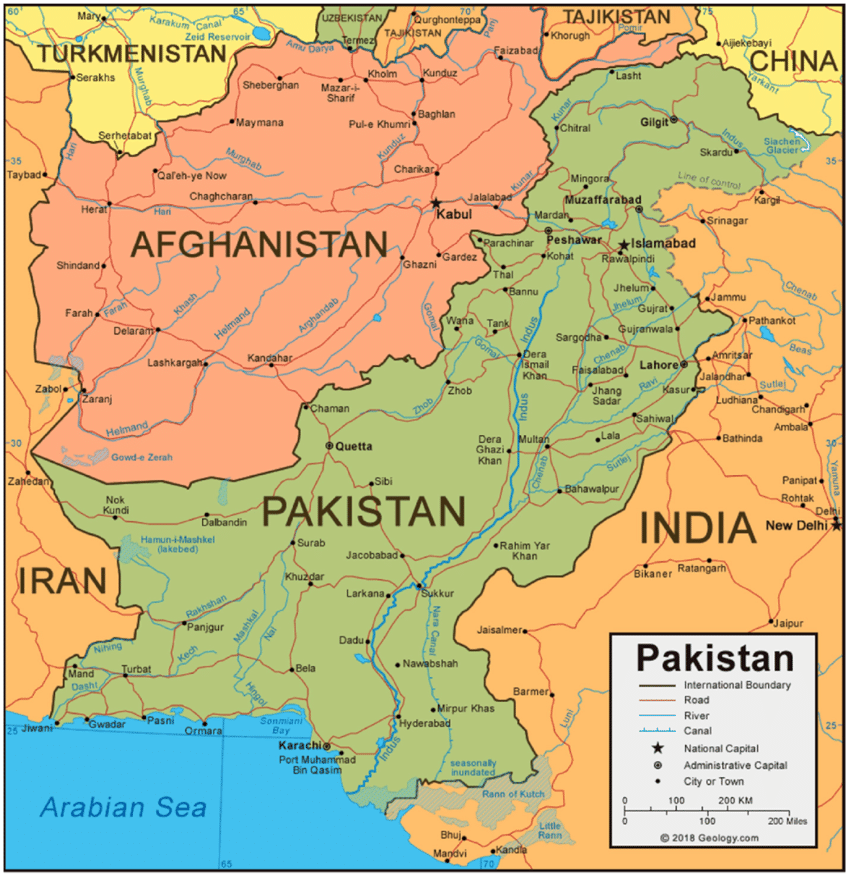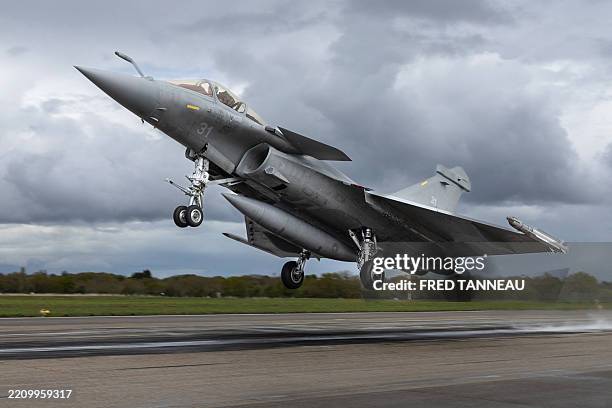Buddha’s Peace, Modi’s Politics, and the 2025 India-Pakistan Conflict: A Comprehensive Exploration of South Asia’s Complex Future
1. Introduction
South Asia today is a region shaped by deep historical legacies, religious philosophies, political ambitions, and ongoing conflicts. Central themes such as Buddha’s Peace, Modi’s Politics, the RSS Hindutva Manifesto, the vision of Akhand Bharat, the cost of regional peace, and the issues of subjugation and elimination are crucial to understanding the region’s challenges and opportunities. https://mrpo.pk/rss-bjp-and-the-global-web-of-controversy/
Prime Minister Narendra Modi has said India “only paused” its military action against Pakistan, in his first speech to the nation since a ceasefire following a fierce military confrontation last week that threatened a fifth all-out war between the nuclear-armed neighbours.
Speaking on Wednesday, the ultranationalist Hindu leader said in New Delhi that his government will not make a distinction between governments that support “terrorism” and “terrorist groups”. He said India would “retaliate on its terms” if there were any future “terror” attack on the country.

2. Buddha’s Peace: The Ancient Ideal
Buddha’s teachings emphasise peace as a state of harmony, compassion, and freedom from violence. Unlike mere absence of war, Buddhist peace is an active practice of forgiveness, friendship, and inner calm.
Anecdote: Buddha once taught that responding to hatred with kindness is the true path to peace. This ideal encourages societies to build bridges rather than walls, a message that resonates amid today’s conflicts18.
3. Modi’s Politics: Modern Leadership in a Complex India
Narendra Modi, India’s Prime Minister since 2014, rose from a modest background to become a dominant political figure. His leadership combines economic reforms like Make in India and social campaigns such as Swachh Bharat with a strong nationalist narrative, emphasising Hindu cultural identity2.
Anecdote: Modi’s mass cleanliness drives transformed public spaces and inspired civic pride, yet his tenure has also seen increased religious polarisation and contentious policies affecting minorities.
4. The Manifesto of RSS Hindutva: Vision for a Hindu Society
Buddha’s Peace, Modi’s Politics, Modi’s Rashtriya Swayamsevak Sangh (RSS) promotes Hindutva, an ideology that envisions India primarily as a Hindu nation. The recently launched Hindu Manifesto outlines eight principles aimed at cultural revival and political unity among Hindus.
Anecdote: In some communities, RSS-backed initiatives have increased Hindu cultural events, sparking pride among supporters but also concerns among minorities about exclusion.
5. Akhand Bharat: Dream of a United Subcontinent
Akhand Bharat means “Undivided India,” a concept envisioning the reunification of India, Pakistan, Bangladesh, and sometimes neighbouring countries into a single nation. Rooted in pre-Partition history, it remains a powerful cultural idea but a politically sensitive and contested ambition4.
Anecdote: Families split by the 1947 Partition still share memories and traditions, underscoring the human cost of division and the emotional appeal of reunification.
6. The Cost of Regional Peace
South Asia’s conflicts have a heavy economic and social toll. Violence disrupts trade, investment, and daily life, with the region now facing its highest-ever economic cost from unrest.
Anecdote: A small business owner in Kashmir describes how repeated shutdowns and curfews have devastated his livelihood, reflecting the human cost behind political conflicts.
7. Subjugation and Elimination: Political Exclusion and Social Impact
Subjugation in politics means suppressing or excluding groups from participation and rights. History and current events show that minorities and dissenters often face political marginalisation or worse.
Anecdote: A minority community recounts how gerrymandering and voter suppression have limited their political voice, deepening alienation and social divides.
8. Interconnections: How These Themes Shape South Asia
Buddha’s vision of peace contrasts with modern political ambitions like those in Modi’s India and the RSS manifesto. The dream of Akhand Bharat clashes with the reality of national identities. Balancing unity with diversity remains the region’s greatest challenge.
9. The 2025 India-Pakistan War: A Turning Point
In April 2025, a terrorist attack in Pahalgam, Kashmir, killed 26 people, mostly tourists. India accused Pakistan of backing the militants, which Pakistan denied. On May 7, India launched Operation Sindoor, a series of missile and drone strikes targeting militant bases inside Pakistan and Pakistan-administered Kashmir145.
This triggered four days of intense fighting, with both countries exchanging missile and drone attacks across multiple provinces, including strikes on civilian areas and economic centres. Pakistan retaliated with coordinated airstrikes on Indian military bases, destroying key installations and shooting down several Indian fighter jets, including Rafale jets16.
The conflict marked a new, dangerous phase in India-Pakistan relations, breaking long-standing “red lines” and lowering the threshold for future wars. The Indus Waters Treaty was suspended by India, and Pakistan closed airspace and borders, disrupting trade and daily life 14.
A U.S.-brokered ceasefire on May 10 ended the immediate fighting but left deep scars. Analysts warn that the traditional guarded coexistence between the two nuclear neighbours has given way to a fragile, tense standoff with little room for diplomacy.
Anecdote: Families in border regions, especially in Punjab and Kashmir, face heightened insecurity and economic hardship as the conflict disrupts their lives and livelihoods.
10. Step-by-Step Guide: Understanding and Engaging with These Issues
For readers wanting to engage thoughtfully:
-
Learn History and Context: Understand the region’s diverse cultures, religions, and conflicts.
-
Seek Multiple Perspectives: Read from different sources to avoid bias.
-
Ask Questions: Challenge narratives and seek facts.
-
Promote Dialogue: Engage respectfully with those holding different views.
-
Support Peace Efforts: Back organisations working for social harmony and conflict resolution.
11. Conclusion
South Asia’s future hinges on reconciling ancient ideals like Buddha’s peace with modern political realities shaped by leaders like Modi and organisations like the RSS. The recent 2025 India-Pakistan war underscores the fragility of peace and the high cost of conflict.
Building a future of inclusion, understanding, and coexistence is essential. Only by embracing diversity and dialogue can the region hope to move beyond cycles of violence toward lasting peace.
This article aims to clarify South Asia’s intertwined spiritual, political, and security challenges, helping readers understand the stakes and encouraging thoughtful engagement with the region’s future.
Citations:
- https://www.aljazeera.com/news/2025/5/13/no-guardrails-how-india-pakistan-combat-obliterated-old-red-lines
- https://www.aljazeera.com/news/2025/5/10/india-and-pakistan-agree-ceasefire-what-does-it-mean
- https://www.aljazeera.com/news/2025/5/10/india-and-pakistan-agree-to-an-immediate-ceasefire-after-days-of-escalation
- https://en.wikipedia.org/wiki/2025_India%E2%80%93Pakistan_standoff
- https://en.wikipedia.org/wiki/2025_India%E2%80%93Pakistan_border_skirmishes
- https://tribune.com.pk/story/2545538/indo-pak-war-2025-pakistan-has-the-last-laugh
- https://www.aljazeera.com/news/2025/5/9/india-pakistan-tensions-a-brief-history-of-conflict
- https://www.aljazeera.com/news/liveblog/2025/5/11/india-pakistan-live-pakistan-committed-to-truce-india-claims-breaches
- https://www.youtube.com/watch?v=xFEhdwopDkw


